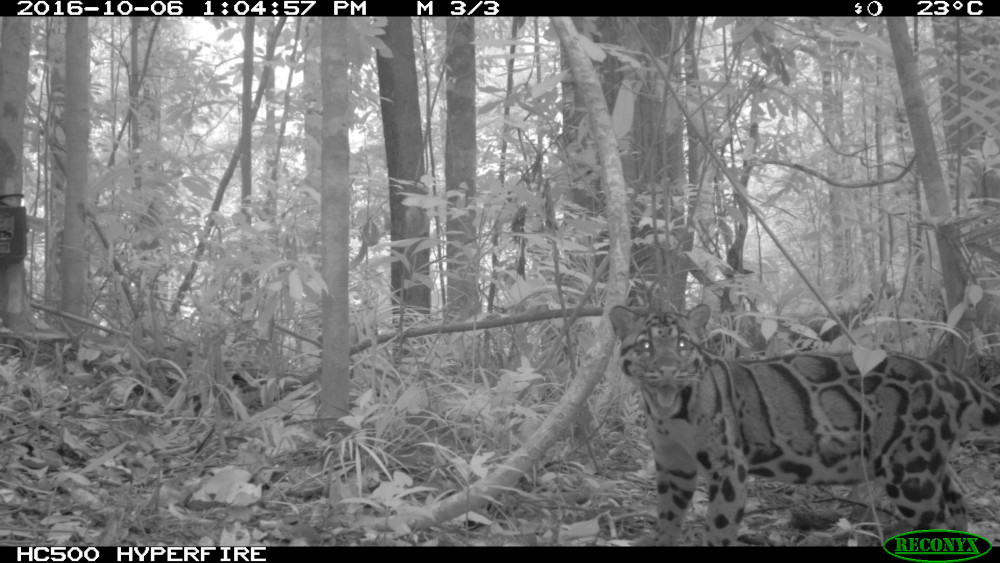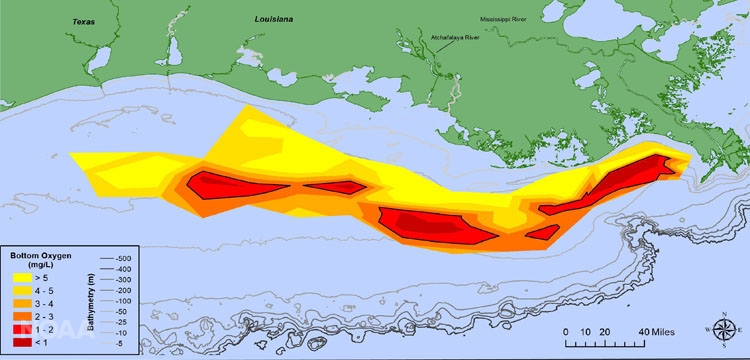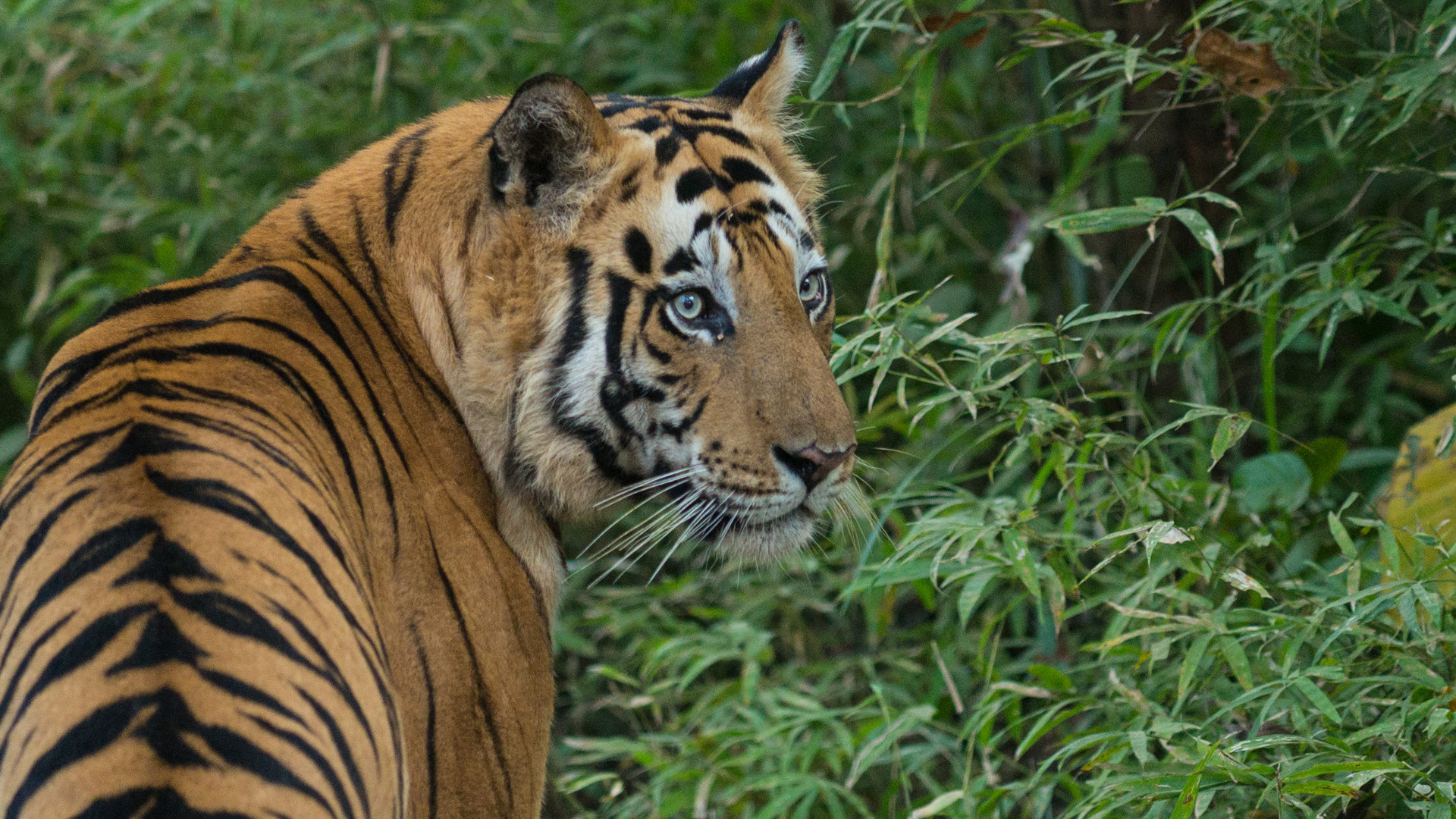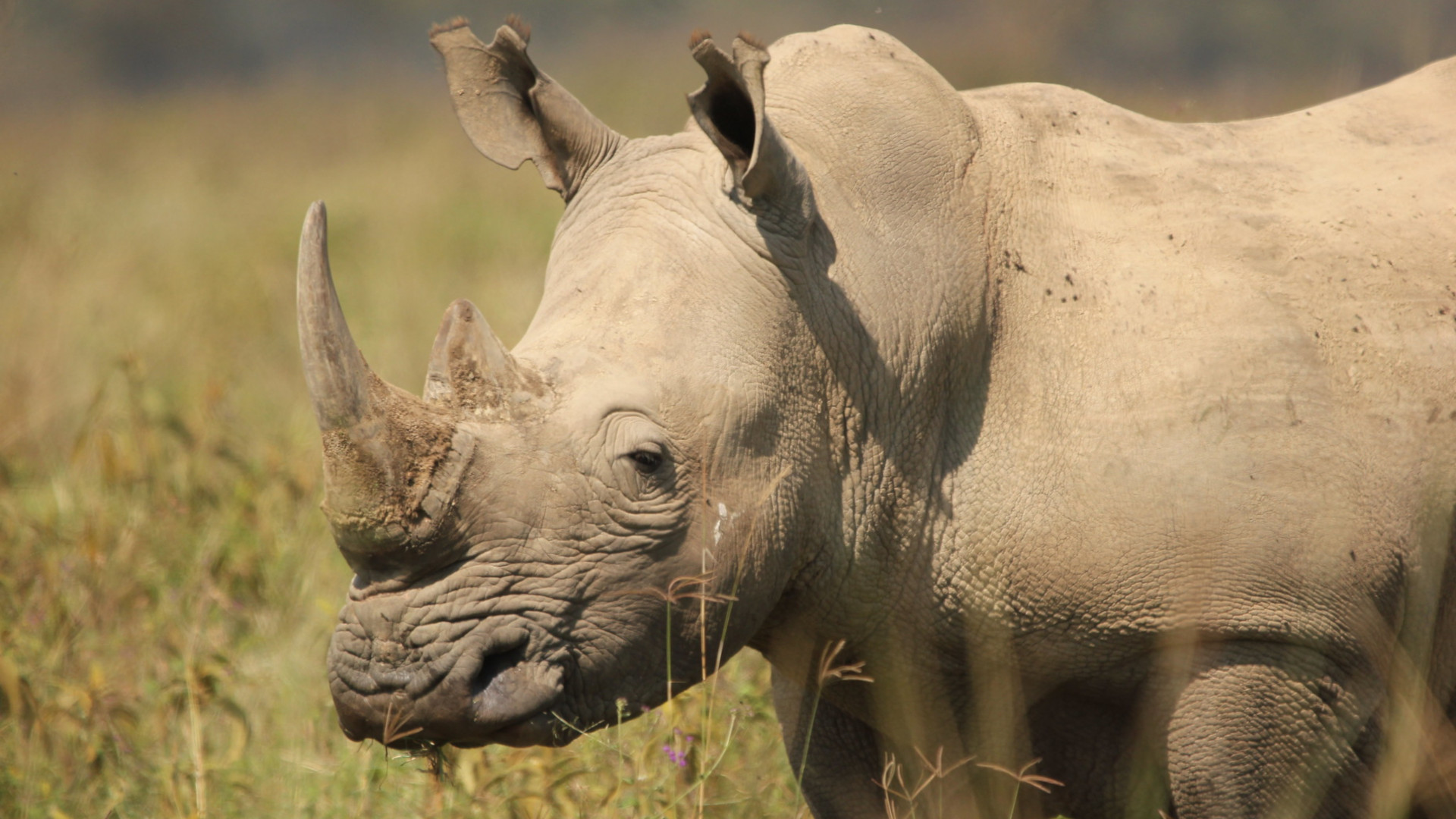We’ve had a particularly brutal summer — not to mention spring and winter — so now that autumn has arrived, let’s take a break from all the awful environmental news to focus on a few good-news items you may have missed. These aren’t necessarily resounding successes — we still have a long way to go on all fronts — but they illustrate that hard work and persistence can pull us back from the brink just as greed and indifference can push us toward it.
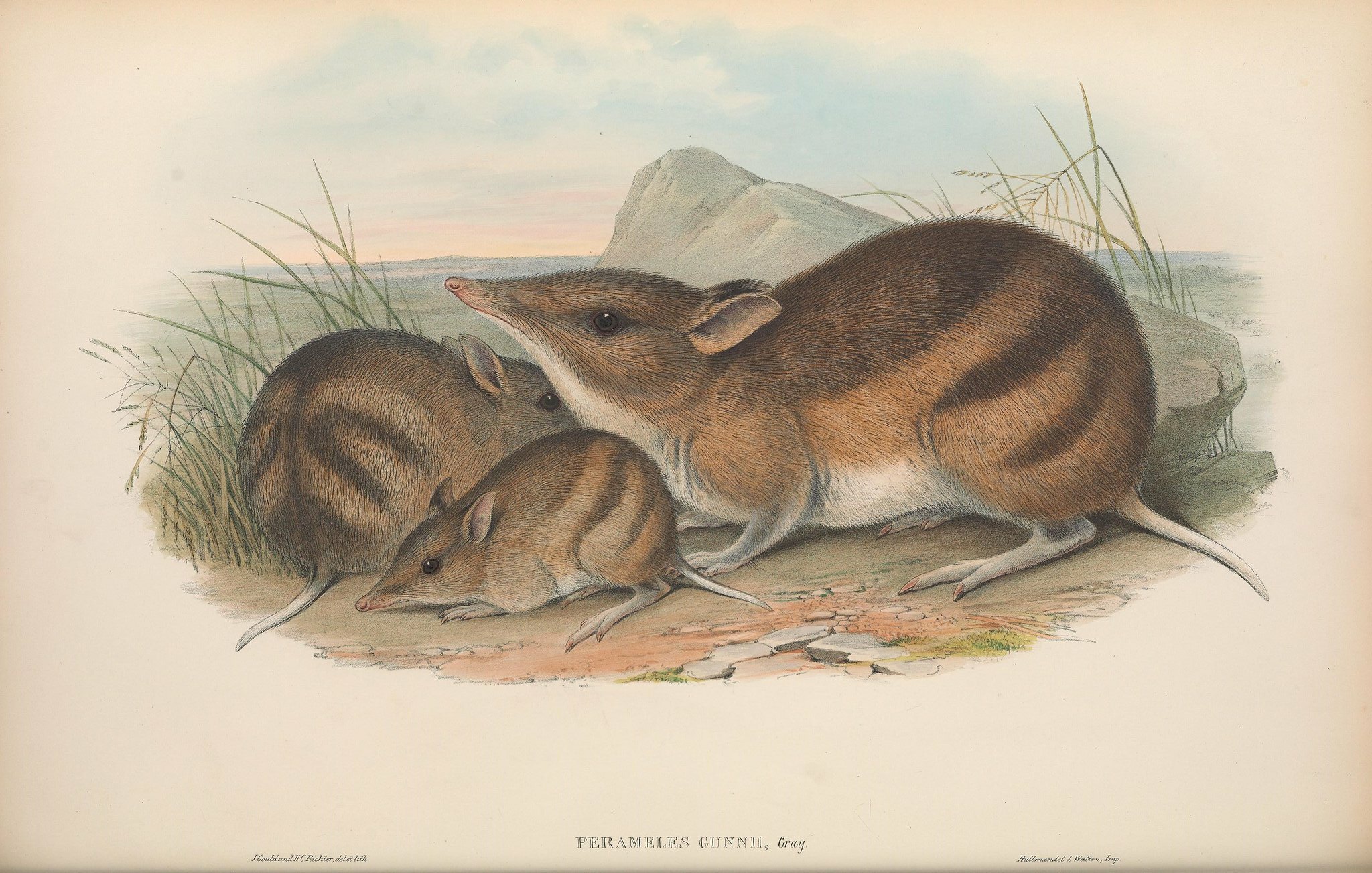
Bandicoot Crash Reversed: This month the eastern barred bandicoot (Perameles gunnii) achieved an all-too-rare conservation milestone when Australia declared the species is no longer considered “extinct in the wild.” That’s a big change from 30 years ago, when invasive foxes and cats had eaten up nearly all these rabbit-sized marsupials. Since then captive-breeding programs and reintroduction efforts on predator-free islands have helped the species recover. The population hit 1,500 this year, enough to upgrade the bandicoots to merely “endangered” status. They have a long way to go to bounce back to their pre-fox levels, but we’ll still call this the best news of the month.
(PS: Hey, Australia, now do the same thing with your endangered frogs.)
Mercury Falling: We’ve known for a long time that burning coal harms human health — and now a new study shows that the cardiovascular benefits of reducing mercury emissions are at least 100 times more than previous estimates. The EPA has long pegged the annual value of mercury reductions at about $6 million in reduced societal and healthcare costs, but the new study ups that to “several billion dollars per year.”
Why is this dangerous revelation good news? It always helps to find out how things are harming us so we can make a change. This research has enormous potential to improve human health, and the researchers say it should offer further incentives for decarbonizing our economy.
Despite these conclusions, the study generated almost no media coverage outside the subscription-only E&E News. That’s a shame, so let’s hope the right people see it moving forward and the results are incorporated into plans for a just energy transition. They should also play a role in the EPA’s promise to revisit the Mercury and Air Toxics Standards weakened by the Trump administration.
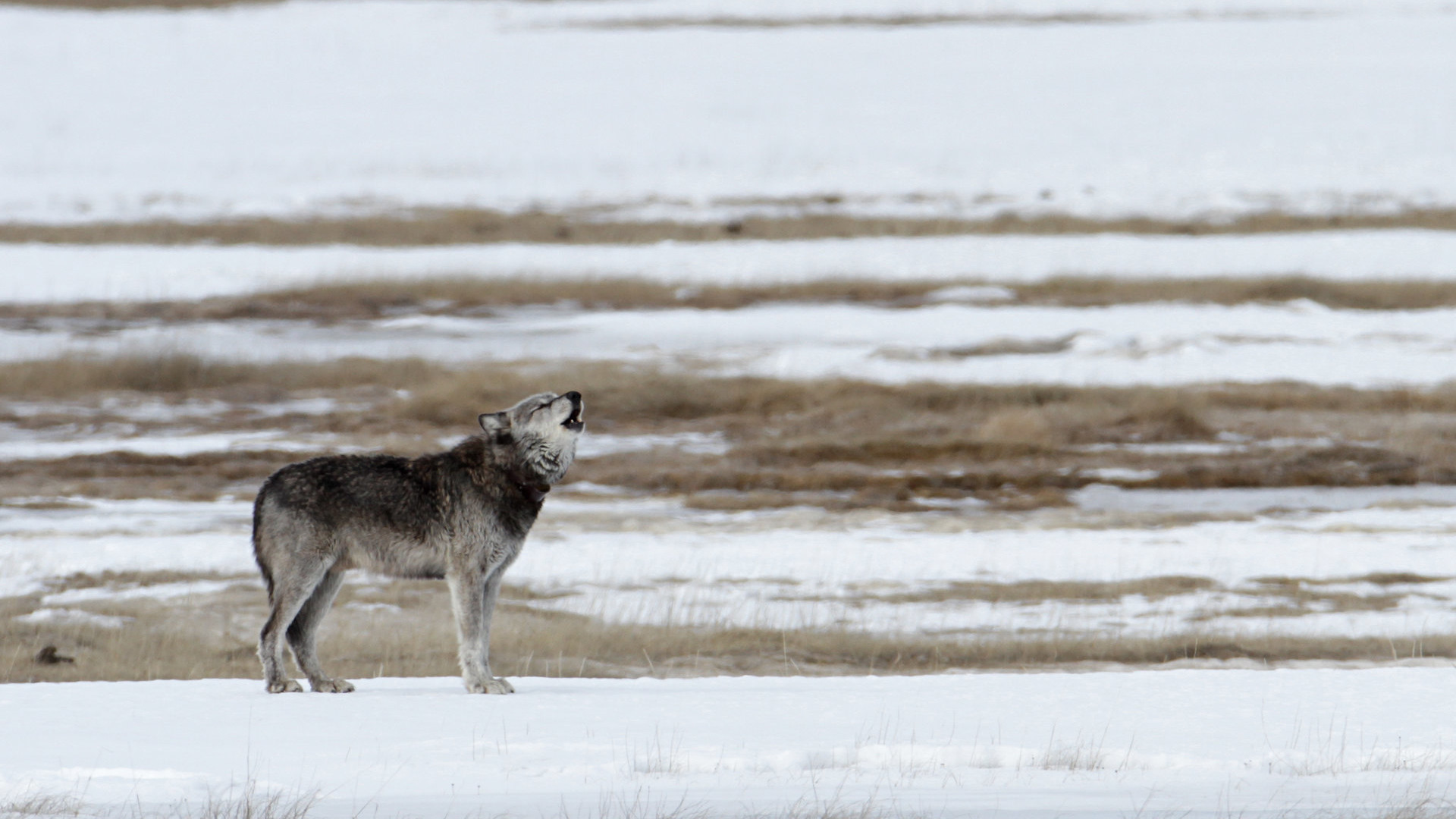
Howling Good News: The U.S. Fish and Wildlife Service announced a status review of the gray wolf (Canis lupus) in the western United States, which the Trump administration removed from the protection of the Endangered Species Act two days before the insurrection. This move — which, full disclosure, stems from petitions by several conservation groups, including our publisher, the Center for Biological Diversity — comes just as Idaho and Montana plan massive wolf hunts. Tragically, the Fish and Wildlife Service has taken no action to stop those slaughters (which have already started), but it’s still welcome news that could eventually restore the species’ protection.
(As long as we’re talking about it, this on-again, off-again protection for wolves has grown expensive in both blood and treasure — for U.S. taxpayers and most of all for the hundreds of wolves that have been shot and trapped over the past few years. Maybe, if they get protected again, we can just keep it that way?)
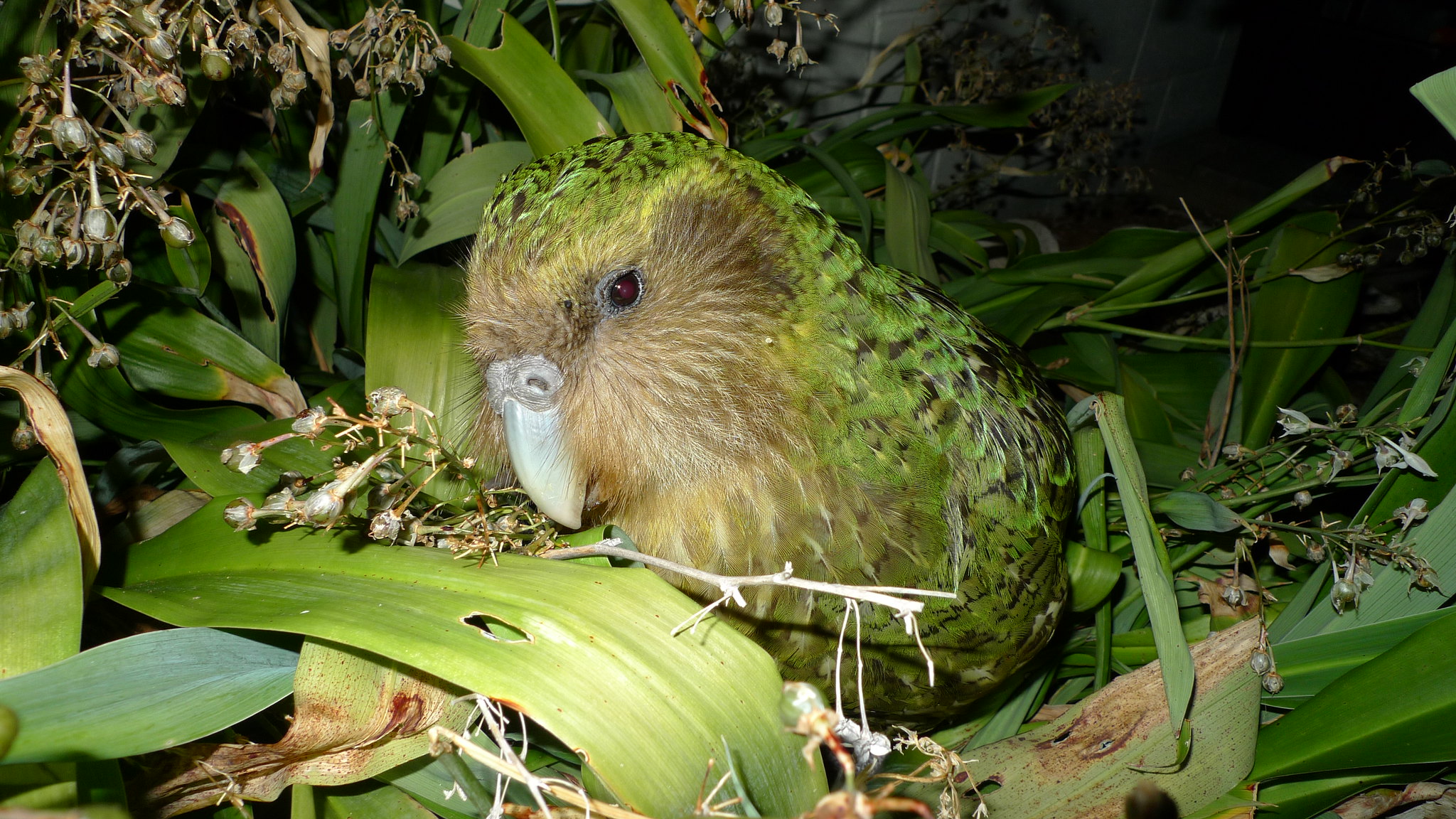
Kākāpō Code: In good news for one of the world’s rarest parrots (and one of my favorite species), new research finds that the last 201 kākāpō (Strigops habroptila) remain genetically healthy despite centuries of inbreeding. All of today’s remaining kākāpō have descended from just 50 birds rescued from extinction in 1995 and placed into a conservation breeding program, but the inbreeding started long before that — as much as 10,000 years ago, due to the island-loving, flightless birds’ extreme isolation.
This inbreeding, as odd as it may seem, could be one reason why the species has survived: It’s basically already bred mutations out of the system.
The other reason kākāpō have survived? People. Not only do the birds have a dedicated crew of New Zealand conservationists working to help them, they’re also beloved by the general public. This genetic work got its start with a crowdfunding campaign back in 2016, when there were only 125 kākāpō alive. The fact that the population has grown so much in the past five years while we continued to expand our conservation knowledge is a testament to both these groups.
Pahk the Electric Cah in Hahvahd Yahd: After years of activism by students and alumni, mega-rich Harvard University finally announced it has divested its $40 billion endowment from fossil fuels, except for a few “legacy” funds that will soon be liquidated. Harvard all but laughed at activists when they first brought up this issue a decade ago. Now it’s set the stage for other universities to follow.
BREAKING: After a decade of constant pressure by students, faculty, and alums, @HARVARD IS FINALLY DIVESTING FROM FOSSIL FUELS.
It’s a massive victory for our community, the climate movement, and the world — and a strike against the power of the fossil fuel industry. (THREAD) pic.twitter.com/56yESznMMY
— Fossil Fuel Divest Harvard 🔶 (@DivestHarvard) September 9, 2021
Coal’s Continued Decline: A report from a trio of climate groups finds that more than 75% of the world’s planned new coal plants have been abandoned since the 2015 Paris climate accord — a number that’s probably already even higher, since just a few days after the report came out China pledged that it would stop building new coal plants abroad.
Obviously, China itself remains a major consumer of coal within its borders, and critics say this pledge came with precious few details, but we’ll take what victories we can get.
(Let’s not forget the counterpoint to this story, though: U.S. coal production is up 8.4% this year, according to data released by the U.S. Energy Information Administration on Sept. 23. Sigh…)
Billions for Biodiversity: A group of deep-pocketed philanthropists this month pledged a collective $5 billion over the next 10 years to protect the world’s wildlife — undoubtedly the largest-ever charitable pledge to save biodiversity. They’ve tied this “Protecting Our Planet Challenge” to the 30×30 initiative, which aims to set aside 30% of the globe for preservation by the year 2030.
No grantees have been announced yet, so it will be interesting to see how this develops and how the charities distribute their funds. One participant, the Bezos Earth Fund, drew criticism for ignoring grassroots organizations in its first round of funding late last year but promised to prioritize “the voices of Indigenous Peoples and frontline communities” with this effort.

Cool News: The EPA this month finalized new rules to reduce the production and use of super-polluting hydrofluorocarbons by 85% over the next 15 years — a huge win for both the Biden administration and the climate. HFC chemicals, used in refrigeration and air conditioning, are extremely potent greenhouse gases that the international community has agreed to regulate but which got a big boost from the Trump administration (yeah, them again).
Next step: President Biden needs to make sure the United States finally ratifies the Kigali Amendment to the Montreal Protocol, which aims to reduce worldwide HFC use enough to avoid about 0.5 degrees Celsius of global warming by century’s end. (And FYI, the Senate could ratify a few other environmental treaties while they’re at it.)
RIP to a Giant: This month scientists reported the death of Okefenokee Joe, an 11-and-a-half-foot alligator believed to have died of old age after a lifetime of swimming through Georgia’s swamps — since World War II.
Wait, why is the death of this massive beast in a list of good news? Easy: because he lived so long in the first place! It’s painfully rare for a megafauna predator in this country to achieve old age — let alone die of natural causes. Joe served to remind us what’s possible when we protect our habitats and the wildlife that live within them.
What’s Next? Will we see much more good news in October? Sure, but we may need to go digging to find it, as topics like the infrastructure debate will continue to dominate the beltway press in the month(s) ahead. Meanwhile we’re still in the middle of hurricane season, so we expect plenty of news about extreme weather events. We’ll also see a lot of buildup for the upcoming United Nations Climate Change Conference (COP26) in Glasgow, which starts Oct. 31. We hope that won’t be a disaster, too.
On a more celebratory note, next month will bring World Migratory Bird Day, California Clean Air Day and the simply named Wombat Day, among other occasions and events.
What else are you watching or waiting for in the months ahead? Good news or bad, drop us a line anytime.
That does it for this edition of Links From the Brink. For more environmental news throughout the month, including bigger stories you won’t find anywhere else, subscribe to the Revelator newsletter or follow us on Facebook or Twitter.
![]()




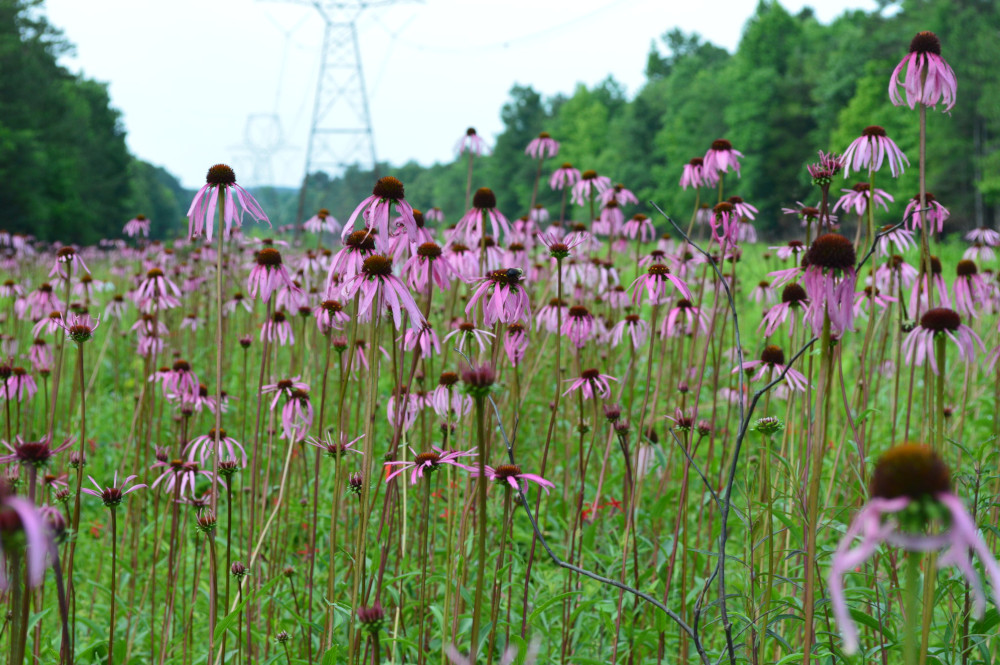
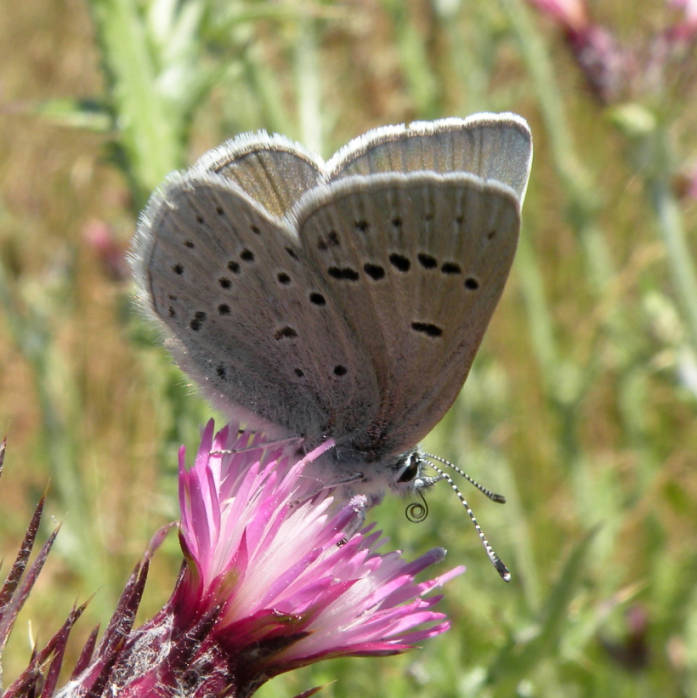
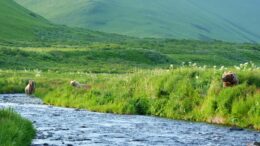



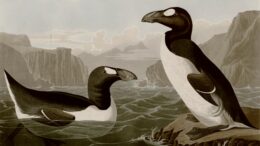
 A gentle and curious diving bird, much like a penguin, the great auk once thrived in the North Atlantic and numbered in the millions. Awkward on land, it was a strong swimmer capable of accelerating underwater, then shooting itself above the ocean’s surface onto an island ledge, where they would hop ashore to find a mate. The largest colony was at Funk Island, about 30 miles northeast of Fogo Island.
A gentle and curious diving bird, much like a penguin, the great auk once thrived in the North Atlantic and numbered in the millions. Awkward on land, it was a strong swimmer capable of accelerating underwater, then shooting itself above the ocean’s surface onto an island ledge, where they would hop ashore to find a mate. The largest colony was at Funk Island, about 30 miles northeast of Fogo Island.
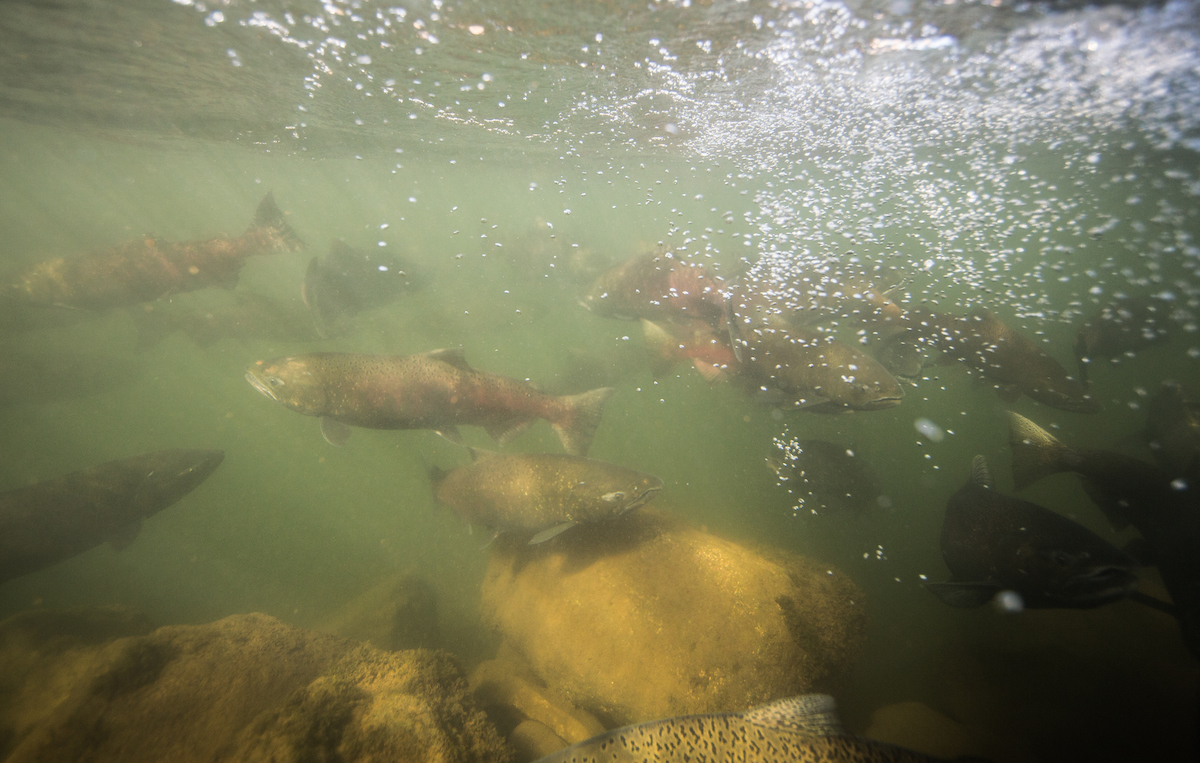
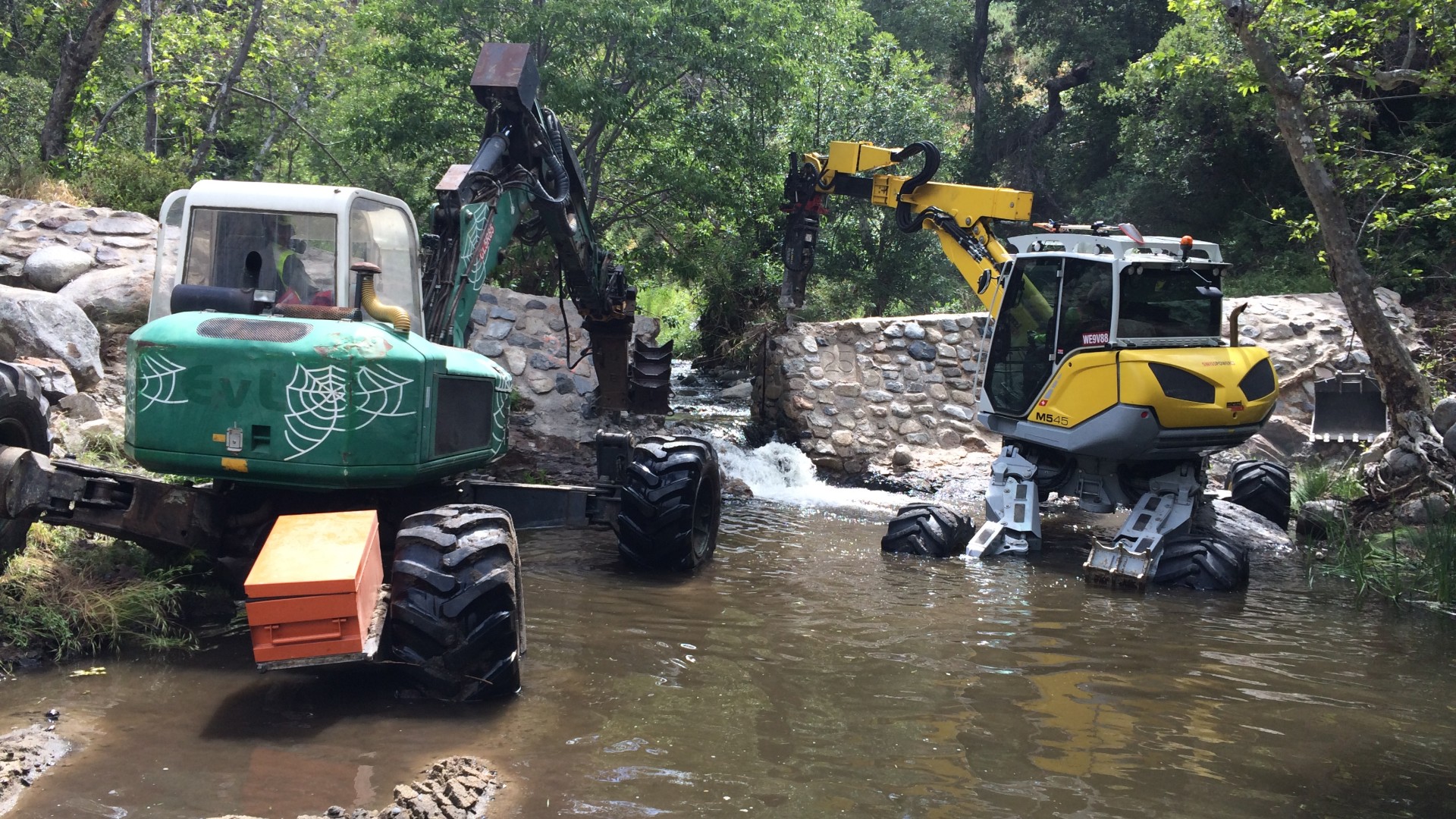
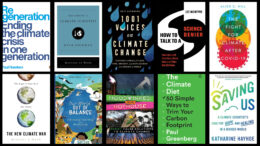
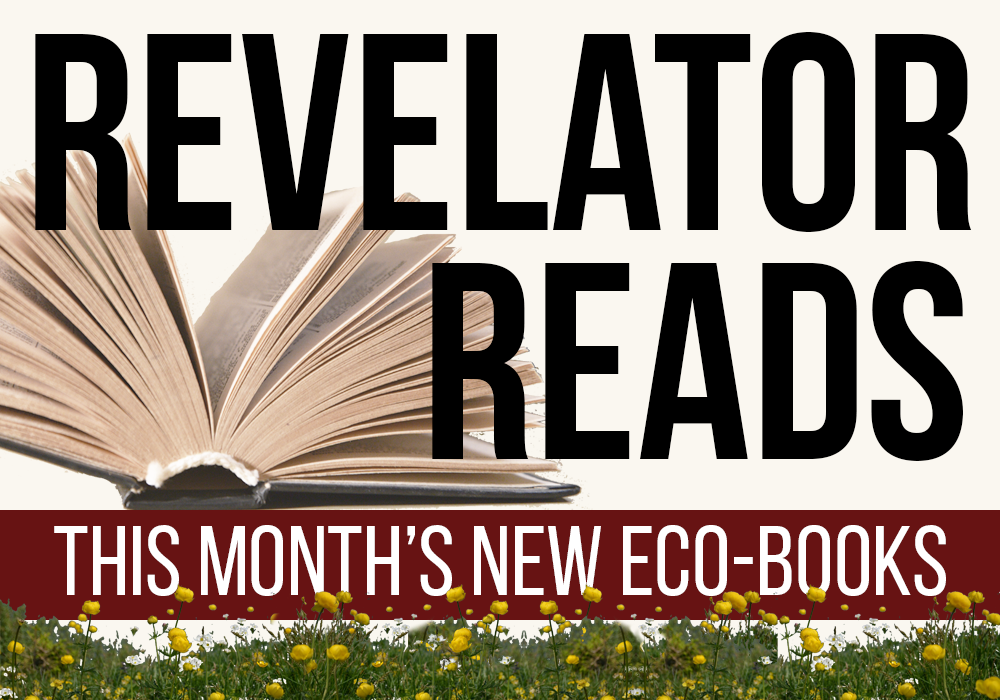 Written by an impressive array of scientists, journalist and activists, these 10 hot-off-the-presses books offer insight into why we’re in a crisis — greenhouse emissions, obviously, but also corporate malfeasance and social inequity — while providing essential tools, strategies and recommendations for getting us out of this mess.
Written by an impressive array of scientists, journalist and activists, these 10 hot-off-the-presses books offer insight into why we’re in a crisis — greenhouse emissions, obviously, but also corporate malfeasance and social inequity — while providing essential tools, strategies and recommendations for getting us out of this mess.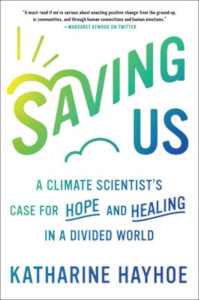 Saving Us: A Climate Scientist’s Case for Hope and Healing in a Divided World
Saving Us: A Climate Scientist’s Case for Hope and Healing in a Divided World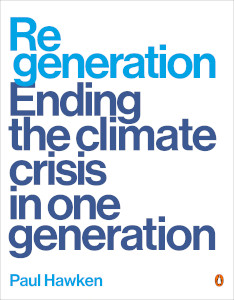 Regeneration: Ending the Climate Crisis in One Generation
Regeneration: Ending the Climate Crisis in One Generation Our World Out of Balance: Understanding Climate Change and What We Can Do
Our World Out of Balance: Understanding Climate Change and What We Can Do The New Climate War: The Fight to Take Back Our Planet
The New Climate War: The Fight to Take Back Our Planet Hoodwinked in the Hothouse, third edition
Hoodwinked in the Hothouse, third edition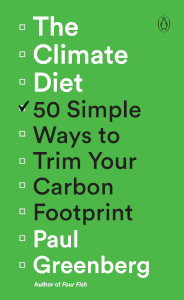 The Climate Diet: 50 Simple Ways to Trim Your Carbon Footprint
The Climate Diet: 50 Simple Ways to Trim Your Carbon Footprint 1,001 Voices on Climate Change: Everyday Stories of Flood, Fire, Drought and Displacement From Around the World
1,001 Voices on Climate Change: Everyday Stories of Flood, Fire, Drought and Displacement From Around the World The Fight for Climate After COVID-19
The Fight for Climate After COVID-19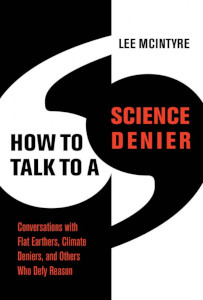 How to Talk to a Science Denier
How to Talk to a Science Denier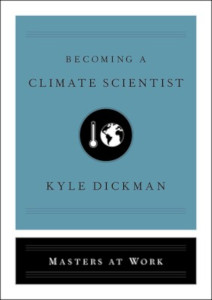 Becoming a Climate Scientist
Becoming a Climate Scientist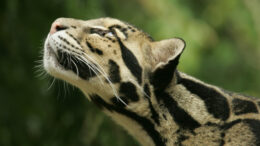
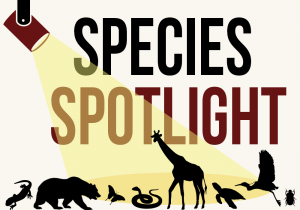 In 2006 genetic analyses revealed that the clouded leopard exists as two distinct species rather than one, as previously believed. Today what we know is the Sunda clouded leopard (Neofelis diardi) is native to the jungles of Borneo and Sumatra, while the Indochinese clouded leopard (N. nebulosa) ranges from the Himalayan foothills of Nepal, India and Bhutan, and across mainland Southeast Asia. While it’s believed both species’ populations are in decline due to rapid habitat loss and conversion, the ecology and status of the highly secretive Sunda clouded leopard is poorly known, with only about a dozen ever radio-collared.
In 2006 genetic analyses revealed that the clouded leopard exists as two distinct species rather than one, as previously believed. Today what we know is the Sunda clouded leopard (Neofelis diardi) is native to the jungles of Borneo and Sumatra, while the Indochinese clouded leopard (N. nebulosa) ranges from the Himalayan foothills of Nepal, India and Bhutan, and across mainland Southeast Asia. While it’s believed both species’ populations are in decline due to rapid habitat loss and conversion, the ecology and status of the highly secretive Sunda clouded leopard is poorly known, with only about a dozen ever radio-collared.
